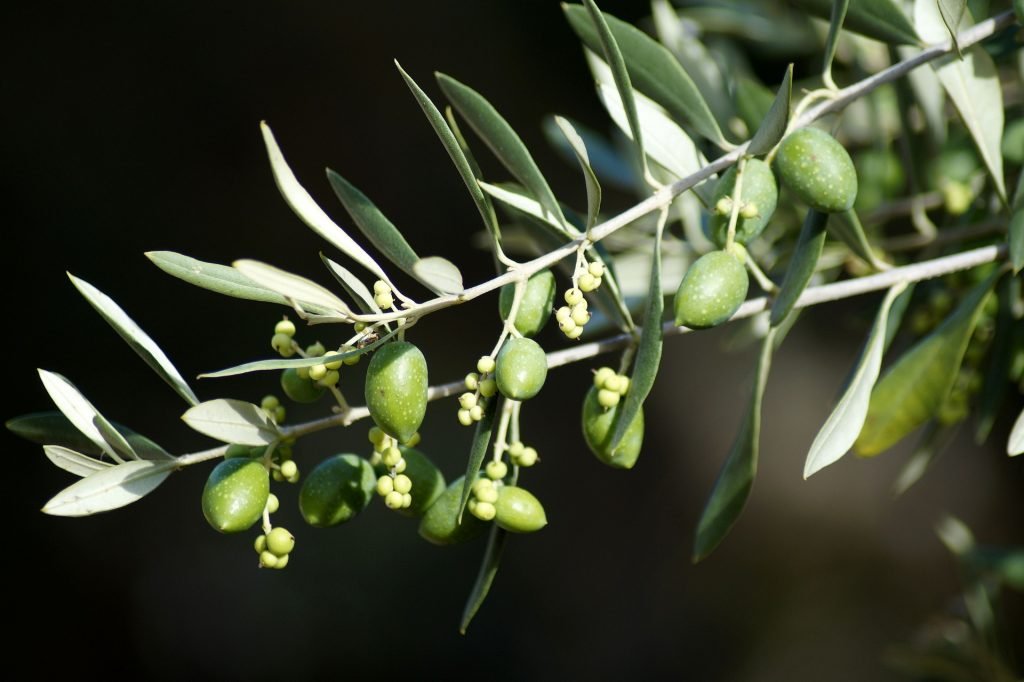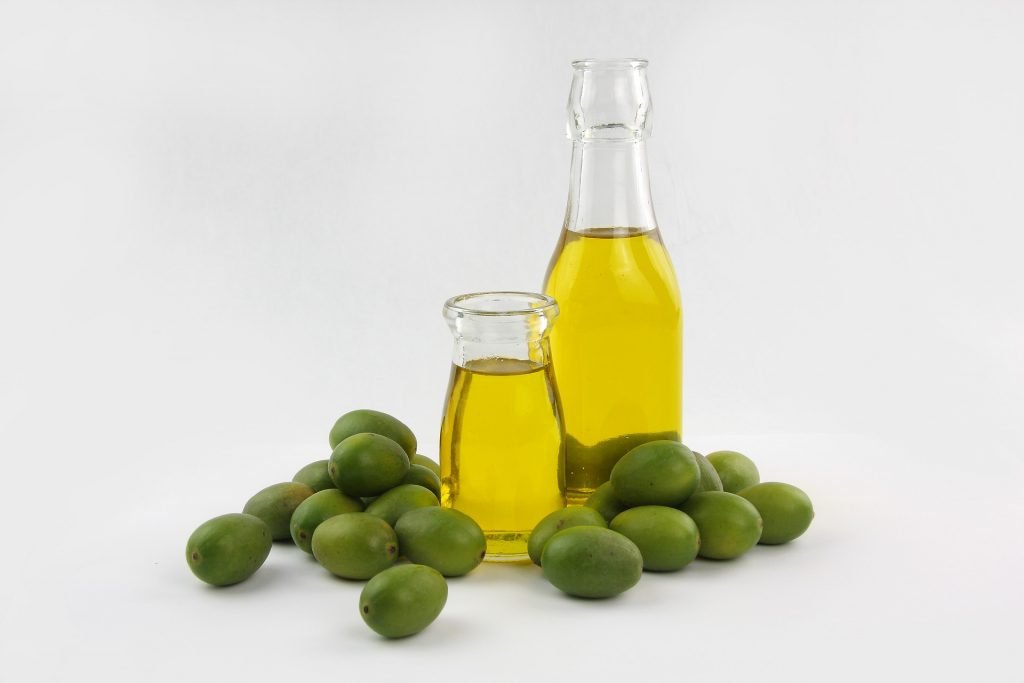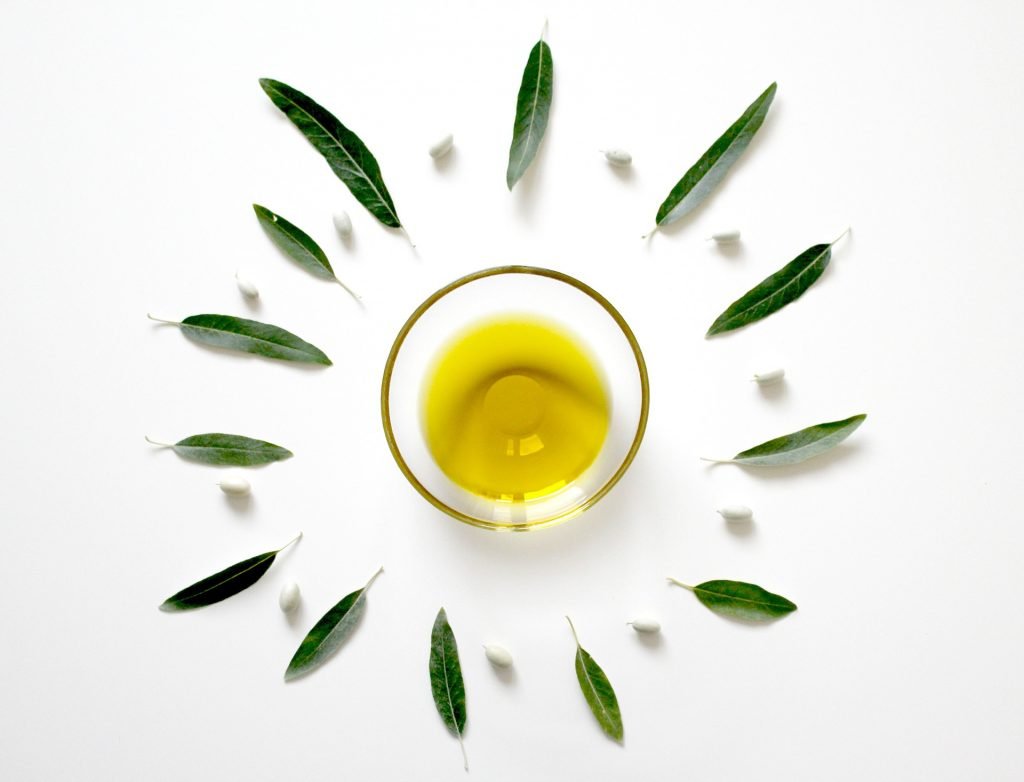
Olive leaf is well-known for being one of the natural substances used for various therapeutic purposes thanks to its antimicrobial, anti-inflammatory, carcinogenic, and oxidative properties. These properties make it a suitable option for treating and relieving symptoms of many diseases. In this article, we are going to focus on treating diabetes with olive leaves.
Olive leaves have many benefits. They can be used as an anti-growth of cancerous tumors as well. Many scientific studies conducted on animals have proven a strong effect of olive leaf extract in the treatment of type 2 diabetes due to its ability to reduce high blood sugar in the blood. Besides, it can reduce hyperinsulinemia, blood glucose, and cholesterol.
Despite these positive results, there is a need to conduct some studies that test the effect of olive leaf extract on humans specifically. But a study conducted on humans said that patients who took olive leaf extract tablets their blood sugar and plasma insulin levels decreased significantly during fasting time. But the insulin levels were not significantly affected after meals.
Another study was conducted on humans in 2013 to demonstrate the effect of olive leaf extract on diabetic patients. During this study, researchers selected 46 middle-aged men who were overweight. The study group was divided into two sub-groups. one sub-group took olive leaf extract, while the other took another medication. After 12 weeks, the researchers observed that for people who took olive leaf extract their insulin sensitivity and pancreatic response improved a lot, compared to those who took the drug.

Scientific and practical experiences have shown that using olive leaves may help :
Therefore, continuing to take olive leaf extract may be an alternative and natural treatment for diabetes, with periodic blood sugar check-ups 3 to 4 hours after each usage. In addition to this, you should follow a diet whereby you avoid taking refined industrial sugar and replacing it with starches but in limited quantities.
Moreover, diabetics should consult their doctor before using olive leaves as a treatment. Also, you should not take olive leaves combined with insulin injections and diabetes medications to avoid any significant drop in blood sugar level and the occurrence of any complications. In sum, treating diabetes with olive leaves is effective, but it should be under the supervision of your doctor.
Many health professionals recommend treating diabetes with olive leaves because they contain compounds, acids, minerals, and vitamins. But the most important component is the polyphenols that we can find in olive leaf more than in olive oil. It has lots of benefits for the body and it acts as a viral and bacterial antibiotic. This component can eliminate influenza viruses and protects the body from viral and bacterial infectious diseases. It helps the body resist the spread of the acquired immunodeficiency virus (AIDS). Also, it helps fight free radicals in the body and reduce their effects.

In addition, polyphenols contain many biologically active compounds that work as an antioxidant. They may protect against Alzheimer’s and Parkinson’s diseases. They also play an important role in helping the body to get rid of harmful saturated triglycerides, by lowering cholesterol levels in the blood, and, thus, protecting the body from excessive weight gain.
Besides, polyphenols prevent atherosclerosis, arteries, blood clots, and heart disease.
On the other hand, boiling olive leaves helps to get rid of exhaustion, fatigue, and psychological stress. It also helps reduce blood pressure, and, therefore, improves blood flow to the coronary vessels of the heart by decreasing pressure in the left ventricle of the heart.
To take advantage of the olive leaves’ healing properties, you can take olive leaf extract either in the form of tablets or capsules. Although experts deny that there is a specific standard for its daily consumption, the standard dose often ranges from 500 mg to 1000 mg per day. and Most manufacturers of olive leaf supplements often recommend dividing the dose from 250 mg to 500 mg and taking it twice to four times with food per day.
But you need to be careful when taking olive leaf extract. It can cause some mild side effects such as stomach pain, headache, and allergies, especially in those who are allergic to pollen produced by olive trees. Olive leaf extract can also interact with some medications, including blood pressure medications.
In fact, taking these medications with olive leaves can lead to a significant drop in blood pressure. Therefore, people who take insulin or other diabetes medications should not use olive leaves randomly because they may cause a significant decrease in the level of sugar in the blood.

The wrong use and excessive consumption of olive leaves without consulting a doctor may lead to other health complications for diabetics. Some of these complications can be:
You can easily prepare olive leaf extract at home and use it as a drink to regulate blood sugar levels. All you need is a sterile wide-mouth jar or container with a non-corrosive lid, olive leaves, organic apple cider vinegar or vegetable glycerin, and a sieve or cheesecloth to filter the mixture.
Here are the steps to prepare olive leaves extract:
Leave a comment